ASSALAM O ALAIKUM

Plaster
This article is about the type of building material and "Plaster of Paris". For other uses, see Plaster (disambiguation).
Plaster is a building material used for the protective or decorative coating of walls and ceilings and for moulding and casting decorative elements.[1] In English, "plaster" usually means a material used for the interiors of buildings, while "render" commonly refers to external applications.[2] Another imprecise term used for the material is stucco, which is also often used for plasterwork that is worked in some way to produce relief decoration, rather than flat surfaces.

Stucco (plaster) reliefs such as this work at the Chateau de Fontainebleau were hugely influential in Northern Mannerism. A plaster low-relief decorative frieze is above it.
The most common types of plaster mainly contain either gypsum, lime, or cement,[3] but all work in a similar way. The plaster is manufactured as a dry powder and is mixed with water to form a stiff but workable paste immediately before it is applied to the surface. The reaction with water liberates heat through crystallization and the hydrated plaster then hardens.
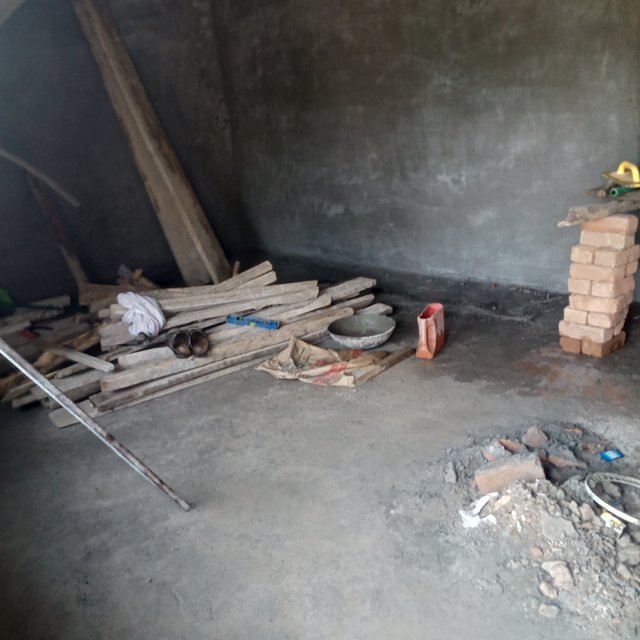
Plaster can be relatively easily worked with metal tools or even sandpaper, and can be moulded, either on site or to make pre-formed sections in advance, which are put in place with adhesive. Plaster is not a strong material; it is suitable for finishing, rather than load-bearing, and when thickly applied for decoration may require a hidden supporting framework, usually in metal.
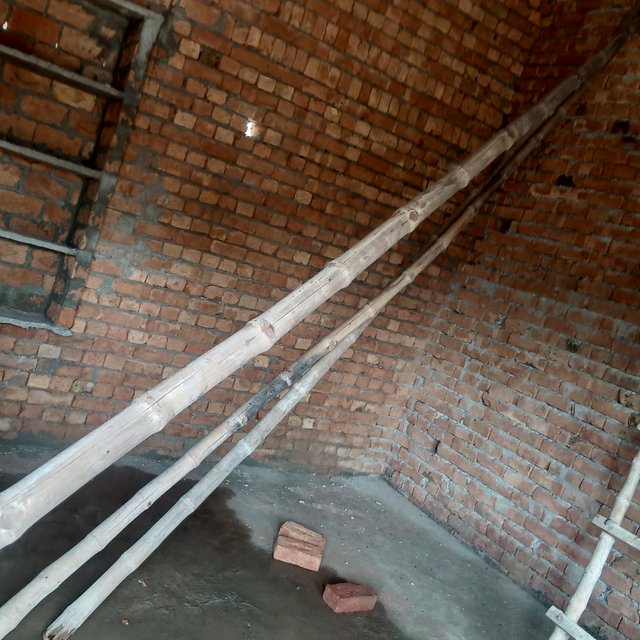
Forms of plaster have several other uses. In medicine plaster orthopedic casts are still often used for supporting set broken bones. In dentistry plaster is used to make dental impressions. Various types of models and moulds are made with plaster. In art, lime plaster is the traditional matrix for fresco painting; the pigments are applied to a thin wet top layer of plaster and fuse with it so that the painting is actually in coloured plaster. In the ancient world, as well as the sort of ornamental designs in plaster relief that are still used, plaster was also widely used to create large figurative reliefs for walls, though few of these have survived.
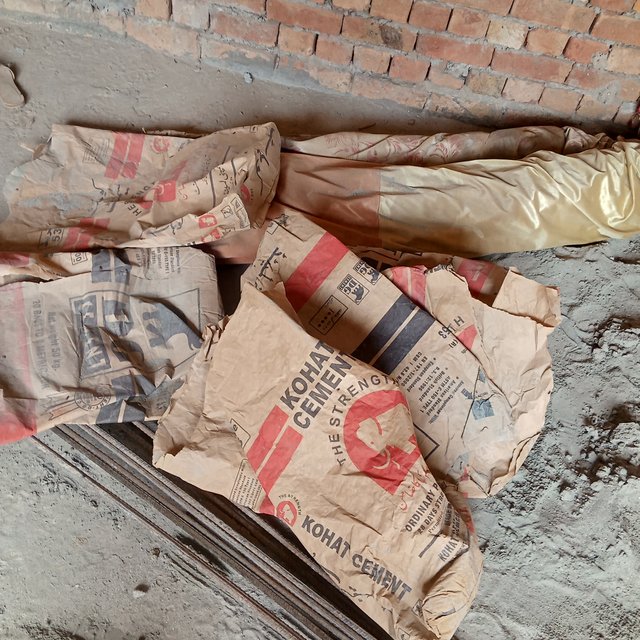
Cement plaster
See also: Cement render
Cement plaster is a mixture of suitable plaster, sand, Portland cement and water which is normally applied to masonry interiors and exteriors to achieve a smooth surface. Interior surfaces sometimes receive a final layer of gypsum plaster. Walls constructed with stock bricks are normally plastered while face brick walls are not plastered. Various cement-based plasters are also used as proprietary spray fireproofing products. These usually use vermiculite as lightweight aggregate. Heavy versions of such plasters are also in use for exterior fireproofing, to protect LPG vessels, pipe bridges and vessel skirts.
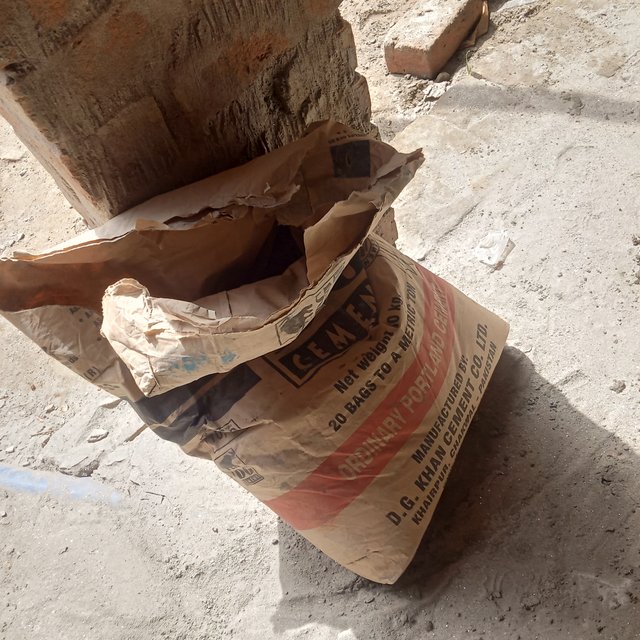
People can be exposed to plaster of Paris in the workplace by breathing it in, swallowing it, skin contact, and eye contact. The Occupational Safety and Health Administration (OSHA) has set the legal limit (permissible exposure limit) for plaster of Paris exposure in the workplace as 15 mg/m3 total exposure and 5 mg/m3 respiratory exposure over an 8-hour workday. The National Institute for Occupational Safety and Health (NIOSH) has set a Recommended exposure limit (REL) of 10 mg/m3 total exposure and 5 mg/m3 respiratory exposure over an 8-hour workday.[29]
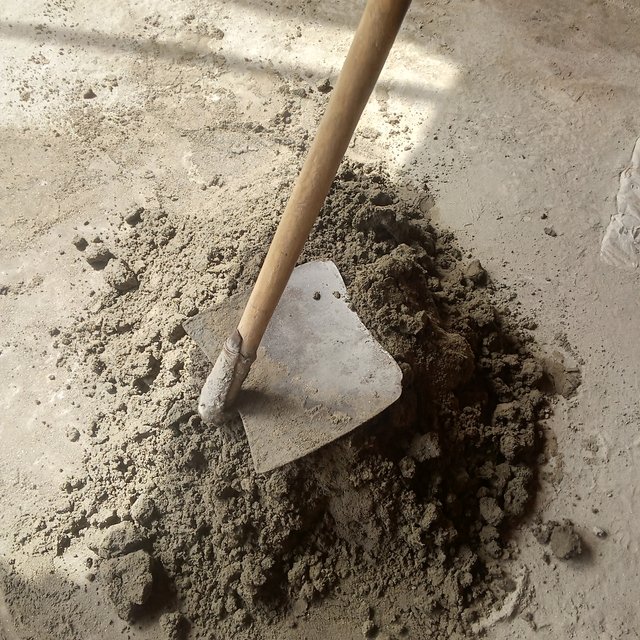
Cement plaster was first introduced in America around 1909 and was often called by the generic name adamant plaster after a prominent manufacturer of the time. The advantages of cement plaster noted at that time were its strength, hardness, quick setting time and durability.[23]
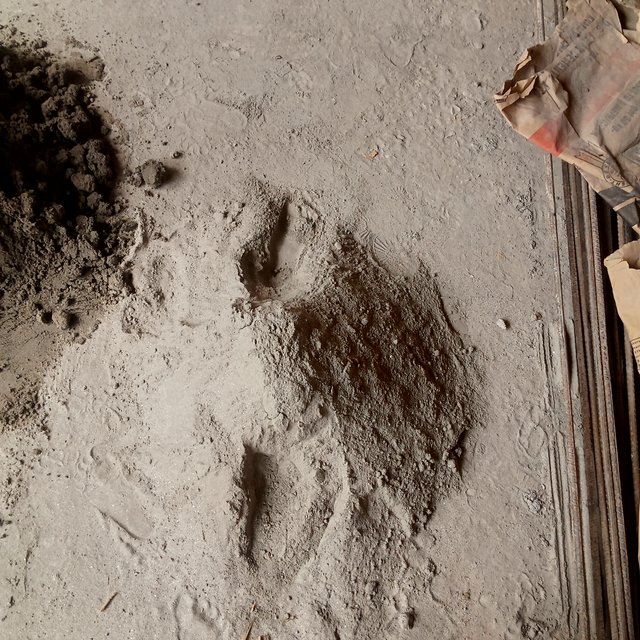
Safety issues Edit
The chemical reaction that occurs when plaster is mixed with water is exothermic. When plaster sets, it can reach temperatures of more than 60 °C (140°F) and, in large volumes, can burn the skin. In January 2007, a secondary school student in Lincolnshire, England sustained third-degree burns after encasing her hands in a bucket of plaster as part of a school art project. The burns were so severe she required amputation of both her thumbs and six of her fingers.[24]
Some variations of plaster that contain powdered silica or asbestos may present health hazards if inhaled. Asbestos is a known irritant when inhaled and can cause cancer, especially in people who smoke,[25][26] and inhalation can also cause asbestosis. Inhaled silica can cause silicosis and (in very rare cases) can encourage the development of cancer.[27] Persons working regularly with plaster containing these additives should take precautions to avoid inhaling powdered plaster, cured or uncured. (Note that asbestos is rarely used in modern plaster formulations because of its carcinogenic[28] effects.)
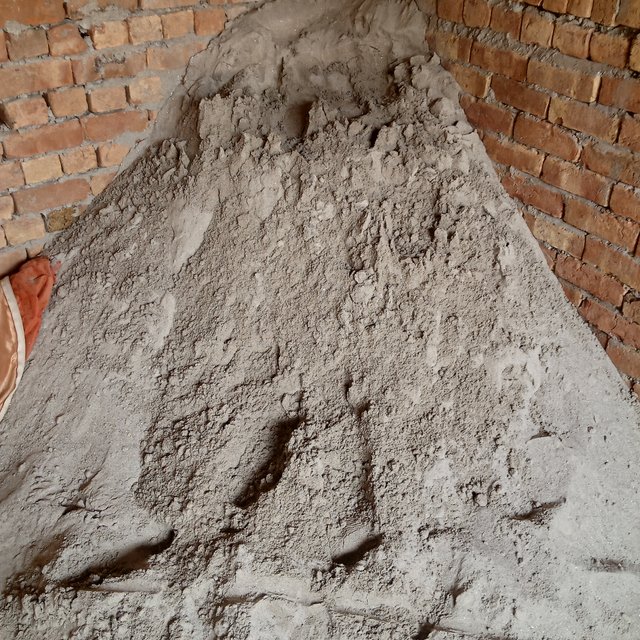
Thanks to all to visit my Post.
Introduction Achievement 01 by @muzammal01 14/04/2021
@muzammal01,
Have a pleasant stay in Steemit Nursery Community, Thank you! 💐
Best regards,
Steemit Nursery Team
#affable
Downvoting a post can decrease pending rewards and make it less visible. Common reasons:
Submit